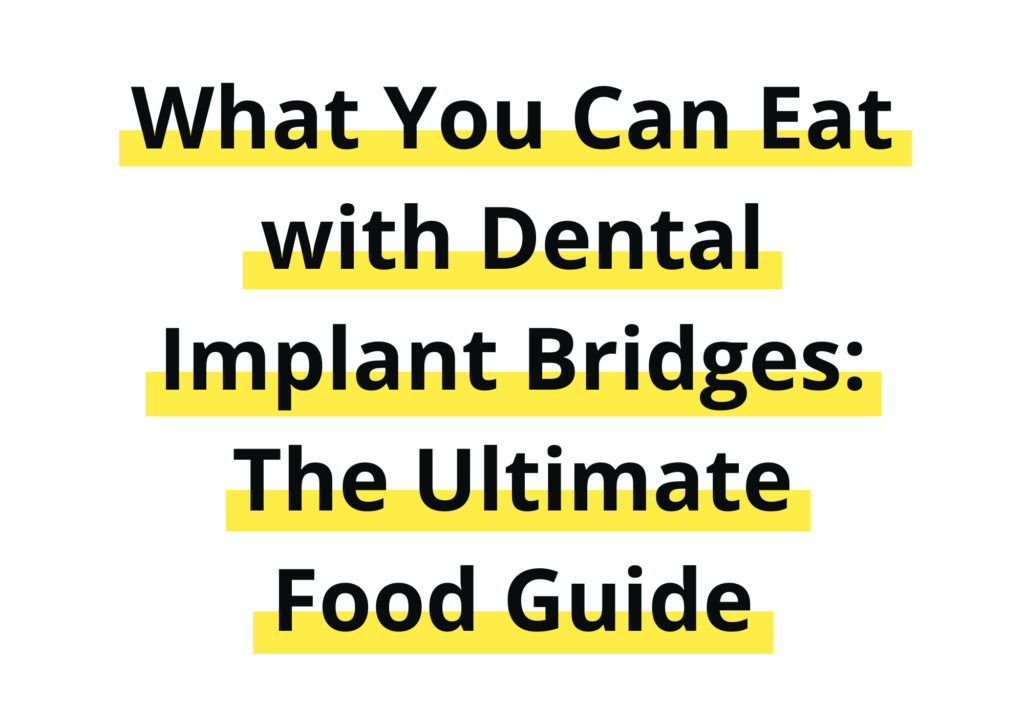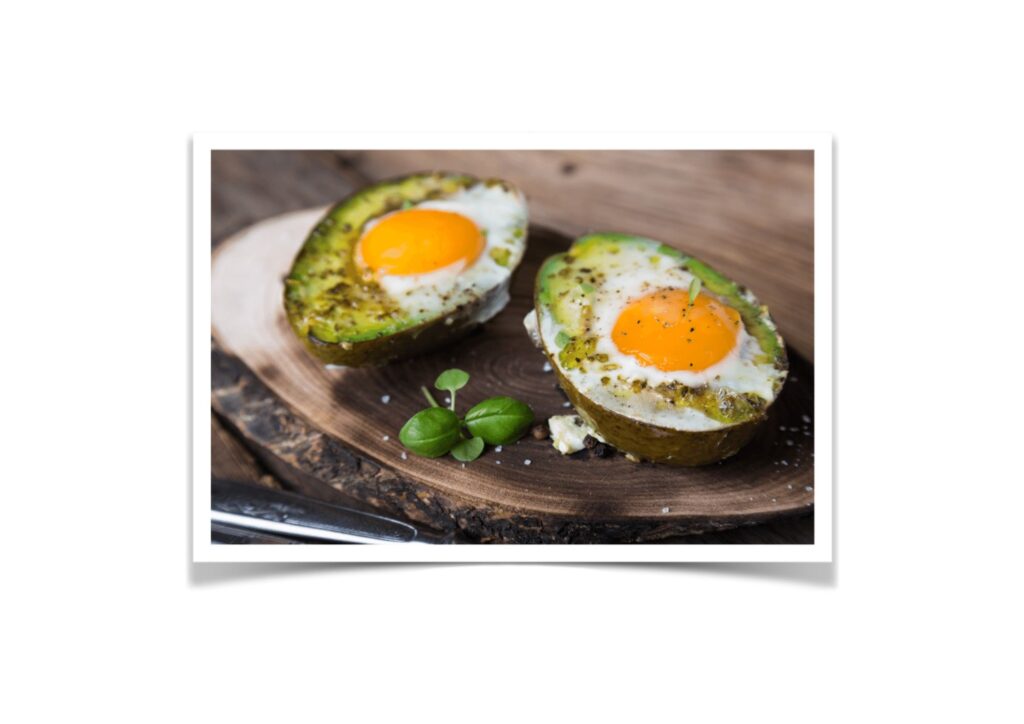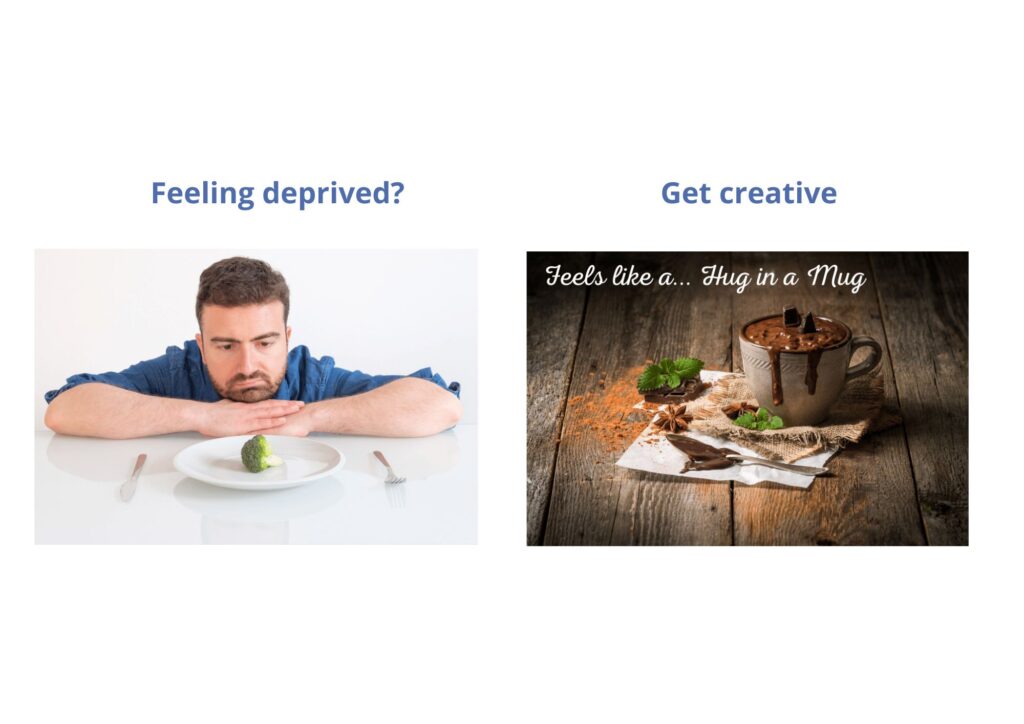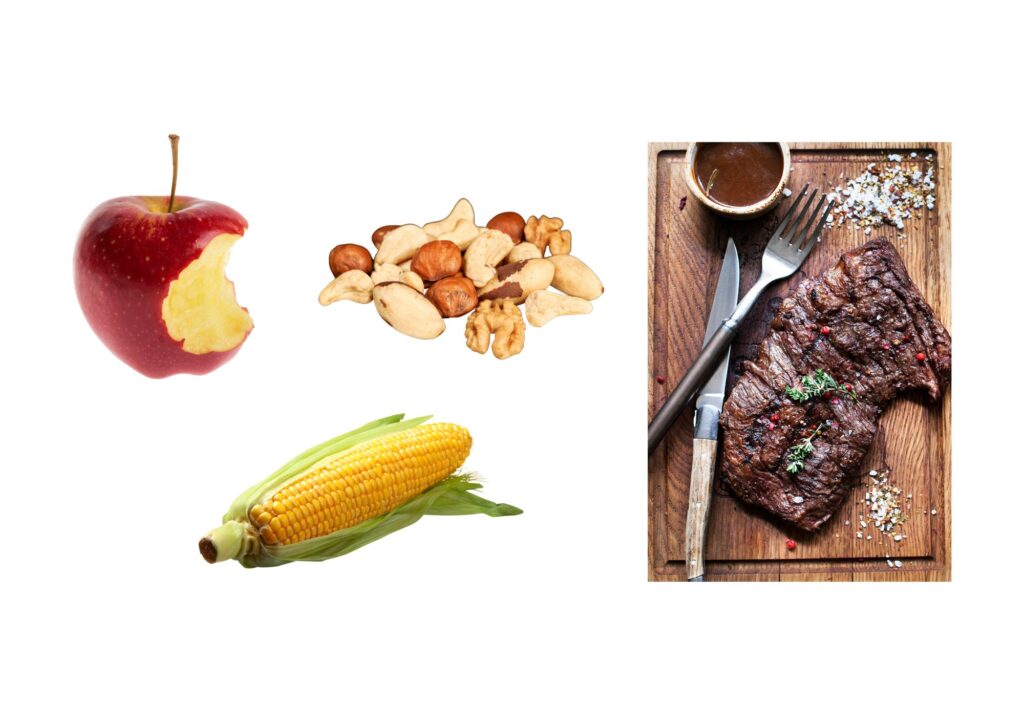

By Leanne.
Share article:
Your All at Once® Implant Bridge will function just like natural teeth, and you can eat whatever you want, possibly foods you’ve avoided for years due to missing or broken teeth & associated pain.
However, there’s a catch.
It takes some time for the implants to fuse into the jawbones or ‘osseointegrate’.
Until your implants are fully fused and integrated, you should remain on a soft diet to avoid any damage.
Your diet will consist of foods that don’t require biting, tearing, crunching or chewing. Avoid anything that can put force on the implants and bridges. Ideally, you should chop, grind, mash or puree all foods.
Examples of recommended foods are listed below, and you should progress through the four stages as you heal.
Stage 1: Super Soft foods – from surgery to 2 weeks/sutures dissolving
- Smoothies
- Soups
- Jello/jelly
- Ice cream
- Yoghurt
- Pudding
- Scrambled eggs
- Omelettes
- Avocado

Stage 2: Soft Chew foods – from 2 weeks and beyond
- Oats
- Cake
- Hard boiled eggs
- Zucchini slice
- Soft pasta – mac and cheese
- Noodles
- Tofu/Fish
- Soft or mashed vegetables – mashed potatoes and gravy
- Quinoa and couscous
- Nut butters for spreading such as almond, cashew, Nutella and peanut

Stage 3: Easy Eating – up to 4 months and torque testing
- Rice dishes, risotto, fried rice
- Quiche
- Fish – fresh salmon or canned tuna
- Slow cooker meats/casseroles
- Ground beef/chicken
Eat it – Enjoy it – But only if a fork can cut it.

Danger Zone
You must adhere closely to the post-op guidelines given to you by your All at Once® provider.
Do NOT eat dried fruits, nuts, hard chips, bagels, crusty bread, popcorn, raw vegetables, corn on the cob, steaks, or beef jerky—no biting on ice cubes or hard candy/confectionary or chewing gum.

Tips for managing cravings: It’s a process
- Have your soft cake/pudding/ice-cream treats
- Eat regularly and stay hydrated
- Keep up your clear fluids
- Keep up your protein
- Beware of consuming too many carbs
Stage 4: Celebrate
The world is your oyster.

You can now eat any foods with more than 90% bite force than you could have with a partial or dentures.
Enjoy!

Disclaimer: The information provided on this platform, including text, graphics, and images, is intended for general informational purposes only. It is not a substitute for professional dental advice, diagnosis, or treatment. For specific dental concerns, it is crucial to consult with a qualified dental practitioner. They will be able to assess your individual circumstances, provide accurate diagnoses, and offer appropriate treatment options tailored to your specific needs
Print article:
Share article:
Subscribe To Leanne's Blog
Ready for your new smile?


